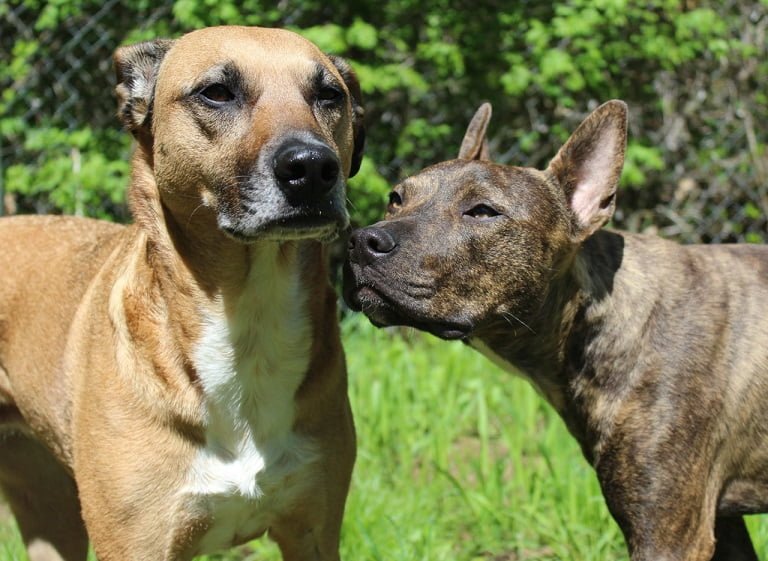Adopting a rescue dog and bringing them into your home is a decision that not only changes their life but yours as well. Each year, countless dogs find themselves in shelters or rescue organizations, seeking a loving family and a forever home. When you open your heart and home to a rescue dog, you embark on a journey of compassion, patience, and understanding.
Moreover, the first seven days after adopting a rescue dog are critical as your new furry friend navigates the transition from a life of uncertainty to one filled with love and care. Understanding what to expect during this initial week can help you provide the support and guidance your rescue dog needs to thrive in their new environment. So, let us delve into the transformative journey of adopting a rescue dog and explore the behavior changes, challenges, and joys that come with those vital first seven days together.
Day 1: Welcoming Your New Rescue Dog Home
The first day bringing a rescue dog into your home can be filled with mixed emotions for you and your new furry companion. The dog may feel overwhelmed, scared, and uncertain in their new surroundings. Creating a calm and welcoming environment is crucial, providing a designated space where the dog can feel safe and secure. Allow the dog to acclimate at their own pace, avoiding overwhelming interactions. Offer them food, water, and a comfortable place to rest. Initial introductions to family members and other pets should be done calmly and gently, giving the dog time to adjust to new faces and scents.
Day 2: Building Trust and Patience in the Transition
As your rescue dog starts their second day in their new home, you may notice signs of progress and emerging curiosity. They might explore their surroundings cautiously, showing tentative interest in toys or objects within reach. Continue to provide a reassuring and loving presence, allowing the dog to come to you for affection on their terms. Remember that patience is key during this period, as your new companion is still adapting to their changed circumstances. Providing consistent routines for feeding, walks, and potty breaks can help them establish a sense of predictability and safety.
Day 3: Progressing Towards Bonding and Affection
You might start seeing the first glimpses of trust and bonding by the third day. Your rescue dog may seek more interaction with you, seeking comfort and reassurance. They might respond to their name and begin to understand basic commands. Use positive reinforcement, such as treats and praise, to encourage good behavior and build trust. You can gradually introduce short and supervised play sessions at this stage to help your dog socialize and burn off excess energy. However, be mindful of signs of stress or discomfort and adjust the pace accordingly.
Day 4: Overcoming Fears and Gaining Confidence
As your rescue dog enters the fourth day in their new home, they may begin to show progress in overcoming fear-based reactions and building confidence. Continue to address any specific triggers or anxieties with patience and positive reinforcement. Reward brave behavior and avoid punishing fear-based reactions, as it can reinforce their fears. Stick to the established routine and maintain a calm environment to help your dog feel secure and at ease.
Day 5: Settling into Routine and Training
By day five, your rescue dog should settle into the daily routine and show more predictable behaviors. They may become more responsive to training and commands, demonstrating a deeper understanding of expectations. Continue with consistent training sessions, using positive reinforcement techniques to encourage good behavior. As your bond strengthens, you may notice your dog seeking your attention and affection more frequently.
Day 6: Socializing and Interacting with Family and Pets
As your rescue dog becomes more comfortable in their new surroundings, they may interact more freely with family members. They might test boundaries and hierarchies and observe and learn from resident pets. Monitor their interactions with other pets, ensuring that introductions are done gradually and in a controlled manner. Continue to provide a safe and structured environment to foster positive relationships among all household members.
Day 7: Embracing the Belonging in Their Forever Home
By the seventh day, your rescue dog should start demonstrating a sense of belonging and security in their new home. They will likely show increased comfort and ease, fully embracing their role as a family member. Affection and bonding will deepen as you both become more familiar with each other. Celebrate the progress made during the first week and acknowledge the rewards of adopting a rescue dog. Reflect on the journey you’ve embarked on together, appreciating the love and companionship that your new furry friend brings into your life.
During the entire first week, remember that every rescue dog is unique, and the timeline for adjustment may vary. Some dogs may take longer to overcome their past traumas, while others may settle in more quickly. Be prepared to continue understanding and supporting your rescue dog’s needs beyond the first seven days. With patience, love, and consistent care, you can build a strong and rewarding relationship with your new companion that lasts a lifetime. Don’t hesitate to seek advice or guidance from professionals if needed, and remember to enjoy the special moments of joy and growth that come with adopting a rescue dog.







